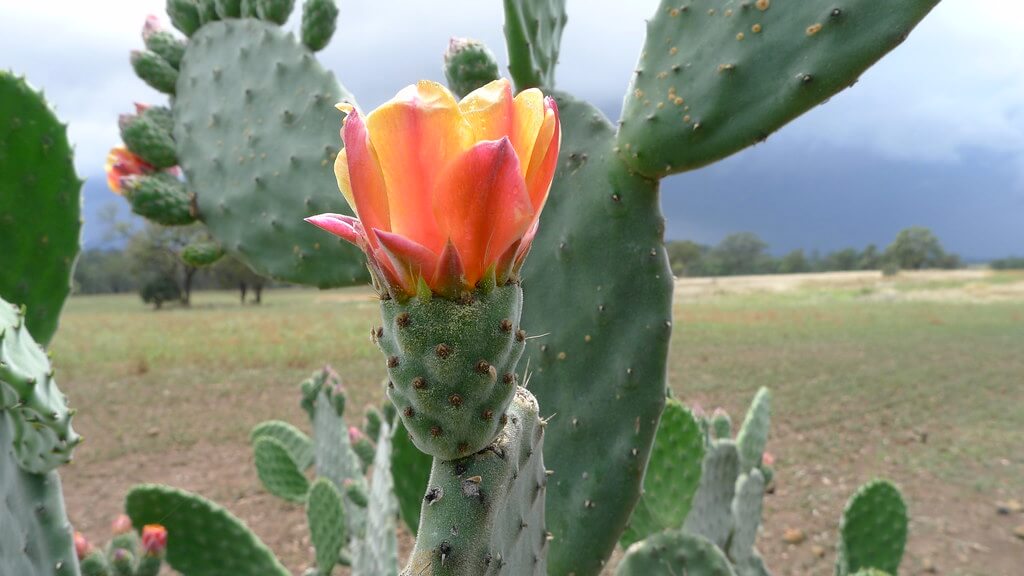Anderson, E.F. (2001). The Cactus Family. Timber Press, Portland.
Australian Plant Census (2011) available at: Vascular Plants APNI (biodiversity.org.au).
Australia's Virtual Herbarium (AVH) (2007). Council of Heads of Australian Herbaria (CHAH). Available at: Home - AVH (chah.org.au).
Fuller, M. (1998). Prickly Pear (Opuntia spp.). Agnote. Weeds Branch, Primary Industry and Fisheries, Northern Territory of Australia, Alice Springs.
Harden, G.J. (1990). Opuntia in Hardin, G.J. (Ed), Flora of New South Wales Vol 1. New South Wales University Press, Kensington.
Hosking, J.R., Mc Fadyen, R.E. & Murray, N.D. (1988). Distribution and biological control of cactus species in eastern Australia. Plant Protection 3(3): 115-123.
Land Protection (2006). Prickly Pear identification and their control. Facts: pest series. Department of Natural Resources & Water, Queensland.
Maiden, J.H. (1912). The Prickly Pears of interest to Australians. Agricultural Gazette of New South Wales 23: 1027-1028.
Navie S. (2004). Declared Plants of Australia. An identification and information system. Centre for Biological Information Technology: Brisbane. [CD-ROM]
Tanner, L.R. (2007) Velvety tree pear. North West Weeds, Noxious weed control unit for the Shires of Gwydir and Inverell (NSW, Australia).
Stanley, T.D. & Ross, E.M. (1983). Flora of south-eastern Queensland Vol 1. Queensland Department of Primary Industries, Brisbane.
Swinbourne, R.F.G. (1986). Flora of South Australia Vol 1. Government Printer, Adelaide.
Telford, I.R.H. (1984). Opuntia in George, A.S. (Ed), Flora of Australia Vol 4. Australian Government Printing Service, Canberra.



































